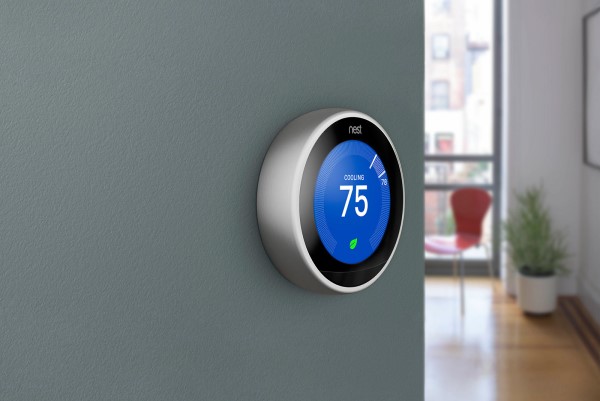Is it more efficient to leave the unit set at 75 all day and night or 80 during the day and 74 at night?
Announcement
Collapse
No announcement yet.
A/C efficiency question
Collapse
X
-
If you are going to set back the temp while your away we recommed a three to five degree swing. That is in Colorado. I have tried it and found no differance as far as cost. It takes about an hour to cool 1 degree. So if you have five degrees to make up your unit is going to run continues for most the evening-night. Were as if it cycles on and off 24/7 its close to the same (run time). To save money set your therm. up a little higher temp. and let it maintain. Not sure this works for every one, I have a ranch house with basement and only about 1200 sq feet. But keeps us happy.
Comment
-
Every house is different.
If you have it at 80, and move it to 74 in the afternoon (hottest prt of the day), how fast does it hit the set point? If it's pretty fast (say under an hour), I would say to do that.
If it takes several hours to reach the lower set point, it may be better to leave it the same all day.
The only way to find out is to try it both ways. I my experience, most homes benefit from raising the temp in the day time and turning it down when you arrive home.
Comment
-
A/C efficiency question
I would wonder if your system is functioning properly. It should not take an hour to drop temp 1 degree.Originally posted by critter69 View PostIt takes about an hour to cool 1 degree.
I don't think residential rates work the same way as business rates do they? Isnt it just cost per kWh total?Originally posted by BRIAN OKONSKI View PostJust remember your peak hours for highest cost per kilowatt are from 1pm to 8pm. Just don't try to make up a larg degree of difference.
Comment
-
This
A common misconception associated with thermostats is that a furnace works harder than normal to warm the space back to a comfortable temperature after the thermostat has been set back, resulting in little or no savings. In fact, as soon as your house drops below its normal temperature, it will lose energy to the surrounding environment more slowly. The lower the interior temperature, the slower the heat loss. So the longer your house remains at the lower temperature, the more energy you save, because your house has lost less energy than it would have at the higher temperature.
The same concept applies to raising your thermostat setting in the summer -- a higher interior temperature will slow the flow of heat into your house, saving energy on air conditioning.
Heat Transfer through Plane Walls or Layers in Series
Heat conducted through several walls or layers in thermal contact can be expressed as
q = (T1 - Tn) / ((s1 / k1 A) + (s2 / k2 A) + ... + (sn / kn A)) (2)
where
T1 = temperature inside surface (K or oC, oF)
Tn = temperature outside surface (K or oC, oF)Last edited by ranchdog; 06-08-2015, 07:19 AM.
Comment
-
I just installed the variable speed indoor and outdoor system and leave mine at 72 all day. It is an amazing piece of equipment that saved me tons of money and keeps my house feeling like no other even during the hottest days. My tstat reads 68-69 inside temp at night just because of the humidity control I had all day.
I know I sound like a bad salesman but just my honest opinion. LOL.
Comment


Comment